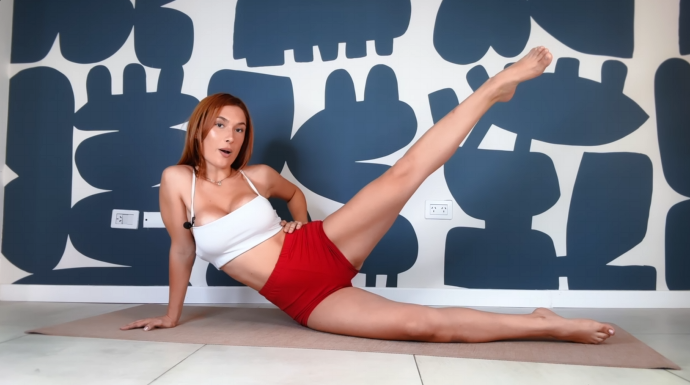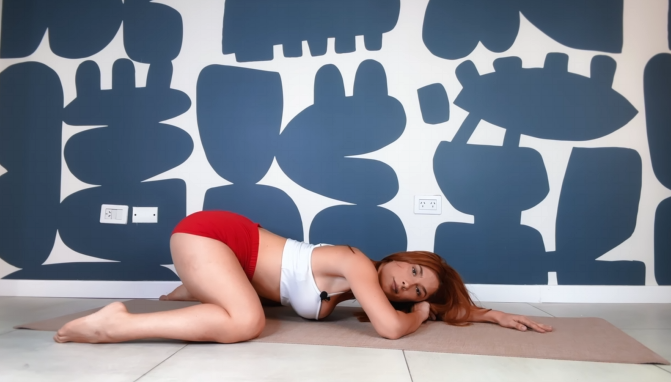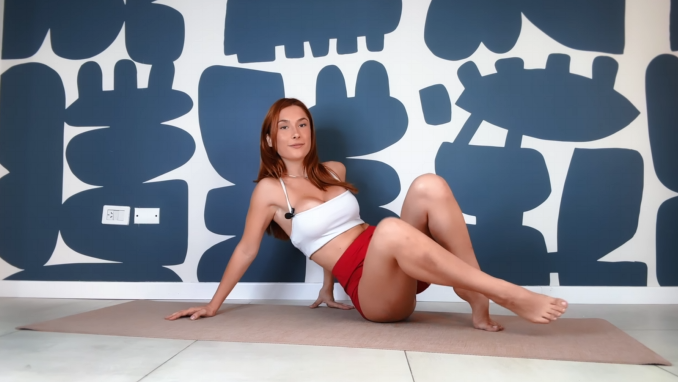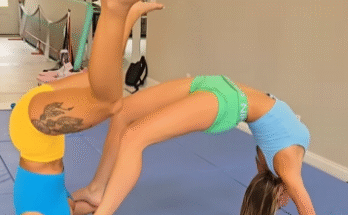
Flexibility is a cornerstone of overall physical fitness, and yoga provides one of the most effective ways to enhance it. Yoga flexibility stretching isn’t just about becoming more bendy—it’s about improving joint health, preventing injuries, reducing stress, and cultivating a deeper awareness of your body. Whether you’re an athlete, a desk worker, or simply someone looking to feel better in their body, integrating yoga stretching into your daily routine can lead to noticeable changes in both your physical and mental wellbeing.
The Importance of Flexibility
Flexibility is the range of motion available in your joints and muscles. As we age or live sedentary lifestyles, our muscles naturally tighten, and our mobility decreases. Limited flexibility can contribute to poor posture, chronic pain, and even increased risk of injury. Stretching helps counteract these effects by elongating the muscles, increasing blood flow, and improving movement efficiency.
Yoga, with its gentle yet dynamic stretches, is an ideal method for improving flexibility. Unlike traditional static stretching, yoga incorporates breathing, mindfulness, and controlled movements, which help deepen the stretches and support long-term flexibility gains.

How Yoga Enhances Flexibility
Yoga combines active and passive stretching techniques. Many yoga poses require you to engage one muscle group while lengthening another. This dual approach improves both flexibility and muscular balance. For example, poses like Downward-Facing Dog, Triangle Pose, and Pigeon Pose target tight hamstrings, hips, and lower back muscles—areas where many people hold tension.
Over time, consistent yoga practice leads to increased elasticity in the connective tissues, such as ligaments and tendons, allowing the joints to move more freely. You’ll notice everyday movements—like bending, reaching, and twisting—become easier and more comfortable.
Best Yoga Poses for Flexibility
- Seated Forward Fold (Paschimottanasana):
This stretch targets the hamstrings, lower back, and calves. Keep the spine long as you fold forward, and avoid rounding your back. - Cat-Cow Pose (Marjaryasana-Bitilasana):
A gentle warm-up that loosens the spine and stretches the neck and torso. - Low Lunge (Anjaneyasana):
Opens the hips and strengthens the quadriceps. A great stretch for those who sit for long periods. - Butterfly Pose (Baddha Konasana):
Opens the hips and inner thighs. Gently press the knees toward the floor for a deeper stretch. - Reclining Hand-to-Big-Toe Pose (Supta Padangusthasana):
Stretches the hamstrings and calves while keeping the spine supported. - Bridge Pose (Setu Bandhasana):
Opens the chest and hip flexors while strengthening the lower back. - Extended Triangle Pose (Utthita Trikonasana):
Improves flexibility in the legs, hips, and spine, while promoting balance.

Breath: The Key to Deeper Stretching
One of the most powerful aspects of yoga is the integration of breath, known as pranayama. By focusing on slow, controlled breathing during stretching, you send signals to your nervous system that it’s safe to relax. This allows your muscles to release tension and lengthen more effectively.
Breath helps you stay present in the moment. Instead of forcing your way into a stretch, breathing deeply helps you ease into the pose with awareness and gentleness. This approach prevents injury and builds sustainable flexibility over time.
Stretching Safely: What to Know
While yoga stretching can be transformative, it’s important to approach it safely:
- Warm Up First: Always begin with light movement to increase circulation before deep stretching.
- Listen to Your Body: Discomfort is okay, but pain is a sign to back off.
- Move Gradually: Flexibility builds over time. Avoid pushing too hard or forcing your body into poses.
- Stay Consistent: Even 10-15 minutes of yoga stretching each day can make a difference.
- Use Props: Blocks, straps, and bolsters can support your body and enhance your stretches.

Mental and Emotional Benefits
Yoga flexibility stretching doesn’t just benefit your body—it calms your mind. Stretching with intention helps release emotional tension stored in the muscles, especially in areas like the hips, neck, and shoulders. As you breathe and stretch, stress levels drop, and a sense of calm takes its place.
Practicing yoga regularly improves your body awareness. You begin to notice how you carry tension, how your posture affects your mood, and how your breath can change your state of mind. This mindfulness carries over into daily life, helping you respond to challenges with more clarity and composure.
Yoga Flexibility for Different Ages and Abilities
Yoga is adaptable for people of all ages and fitness levels. Seniors can benefit from gentle chair yoga or restorative poses that improve circulation and mobility without strain. Athletes use yoga stretching to recover from training, prevent injuries, and stay agile. Beginners can start with simple poses and gradually build confidence and strength.
There’s no “perfect” flexibility level in yoga. Every body is different, and yoga celebrates that. Instead of focusing on how far you can stretch, focus on how your body feels and how your range of motion improves over time.

Building a Routine
To get the most out of yoga flexibility stretching, create a regular routine that suits your lifestyle:
- Start Small: Begin with 10-minute sessions 3–5 times a week.
- Follow a Sequence: Try online classes, yoga apps, or YouTube tutorials designed for flexibility.
- Track Your Progress: Notice how your body responds after a week, a month, or three months of regular stretching.
- Stay Hydrated and Rested: Muscles stretch better when you’re well-hydrated and have adequate sleep.
Here’s a simple weekly plan you might try:
- Monday & Wednesday: 20-minute morning stretch flow
- Friday: Deep hip-opening session
- Saturday: Full-body gentle yoga with breathwork
- Sunday: Restorative yoga with longer holds (3–5 minutes per pose)

Conclusion: A Path to Freedom
Yoga flexibility stretching is more than a physical practice—it’s a gateway to freedom in your body and peace in your mind. It teaches patience, balance, and the beauty of gradual progress. Whether your goal is to touch your toes, reduce back pain, or simply move with more ease, yoga offers the tools to help you get there.
Consistency, breath, and kindness toward yourself are the keys to success. Start today, and with each breath and stretch, you’ll move closer to a healthier, more flexible you.


